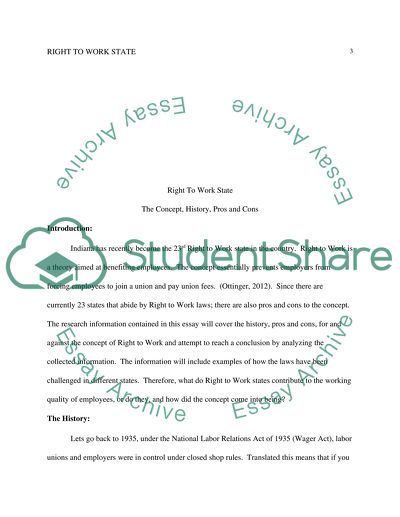Cite this document
(Right to Work State Research Paper Example | Topics and Well Written Essays - 3000 words, n.d.)
Right to Work State Research Paper Example | Topics and Well Written Essays - 3000 words. Retrieved from https://studentshare.org/law/1594371-right-to-work-state
Right to Work State Research Paper Example | Topics and Well Written Essays - 3000 words. Retrieved from https://studentshare.org/law/1594371-right-to-work-state
(Right to Work State Research Paper Example | Topics and Well Written Essays - 3000 Words)
Right to Work State Research Paper Example | Topics and Well Written Essays - 3000 Words. https://studentshare.org/law/1594371-right-to-work-state.
Right to Work State Research Paper Example | Topics and Well Written Essays - 3000 Words. https://studentshare.org/law/1594371-right-to-work-state.
“Right to Work State Research Paper Example | Topics and Well Written Essays - 3000 Words”, n.d. https://studentshare.org/law/1594371-right-to-work-state.


